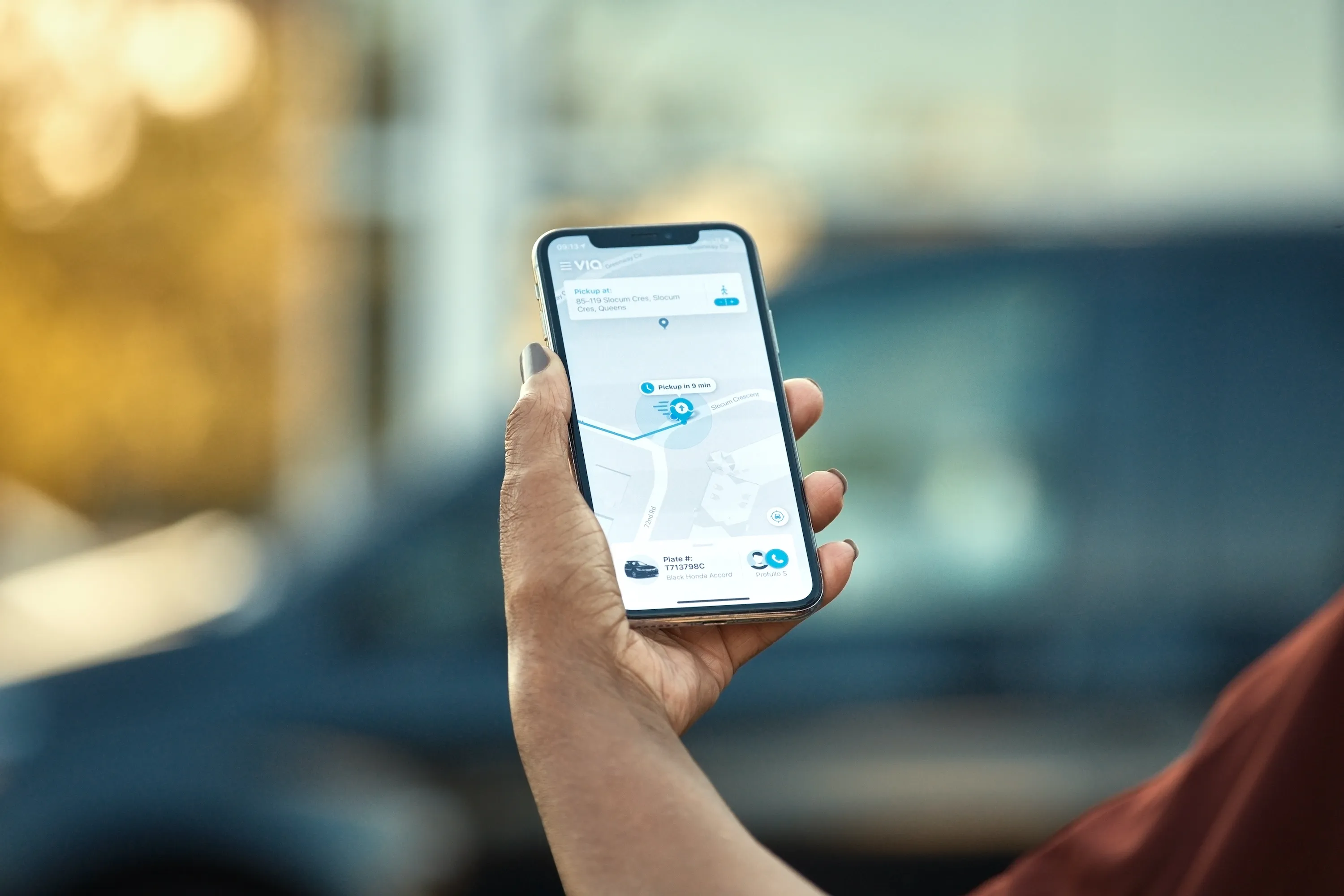The RTA is testing the EasyMile EZ10 as part of the next phase of its driverless vehicle project, which follows three successful test runs in the area.
EZ10 will travel at a speed of 20 km/h along short distances on pre-programmed routes. It has four-sided GPS monitors and laser sensors and laser sensors to monitor the route. The vehicle is intended to detect objects within 40 metres and slow down automatically when an object appears within two metres. It is expected to stop for objects less than two metres away.
The trial stems from an agreement with the project’s developer Diamond Developers.
RTA trials driverless shuttle across 1250m track in Dubai
Dubai's Roads and Transport Authority (RTA) is trialling a driverless shuttle across a 1250m track at entertainment complex Dubailand, on Al-Qudra Road. The initiative is intended to support the government’s plans to convert up to 25% of the country’s transport to autonomous by 2030.
The RTA is testing the EasyMile EZ10 as part of the next phase of its driverless vehicle project, which follows three successful test runs in the area. EZ10 will travel at a speed of 20 km/h along short distances on
September 10, 2018
Read time: 2 mins










